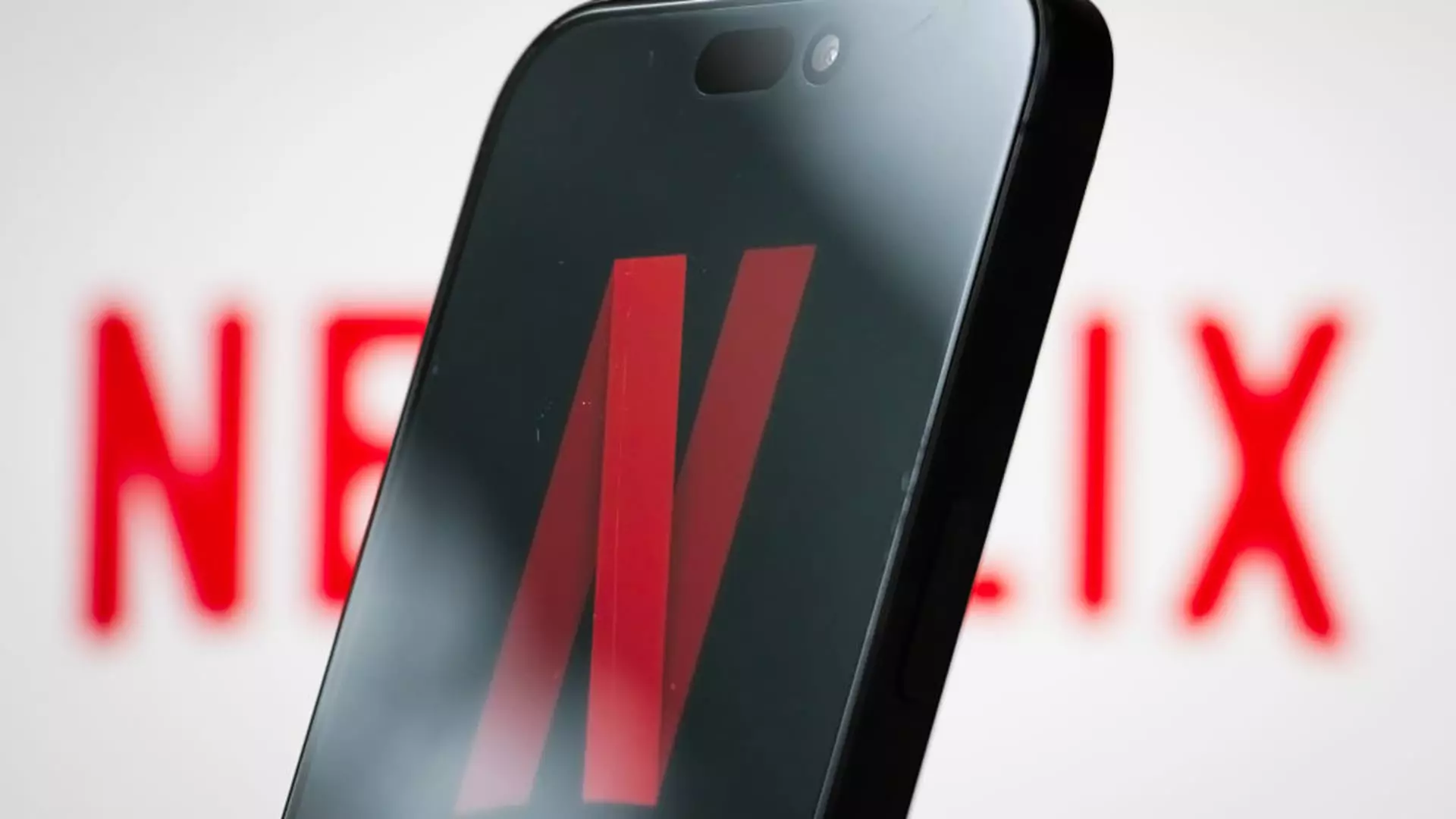Netflix has taken a significant step in transforming its user interface, unveiling a new homepage experience that aims to simplify the content discovery process for its subscribers. The redesigned platform is not just a superficial change; it’s a calculated move to enhance user engagement in an increasingly competitive streaming landscape. With rival platforms like Disney’s array of services and Warner Bros. Discovery’s Max striving for the same audience, Netflix recognizes that standing still is not an option. This revamp isn’t merely aesthetic, but a necessary evolution that addresses user frustration head-on.
The Vertical Revolution: Embracing Mobile Culture
One of the standout features of this redesign is the introduction of a vertical video feed—an idea that heavily borrows from the engagement models set by social media platforms. This format is not just trendy; it acknowledges a fundamental shift in how users consume content today. As we increasingly rely on mobile devices, where users scroll and swipe instead of clicking through menus, Netflix’s new layout feels like a smart adaptation to current viewer habits. Chief Product Officer Eunice Kim aptly noted the ease of browsing in a vertical feed, which could fundamentally change how users interact with the vast array of trailers and clips available.
This move may also serve to deepen connections among viewers, as sharing clips becomes frictionless. By integrating social features, Netflix is tapping into the psychological need for community, allowing users to share their latest finds with friends in a format they’re accustomed to using daily. This is an attempt to turn solitary viewing habits into communal experiences, potentially increasing retention rates amid the cutthroat competition.
Intelligent Interaction: AI at the Core
In the grand scheme of technological advancement, the integration of generative artificial intelligence marks a turning point for Netflix. The partnership with OpenAI hints at a future where the platform can dynamically recommend content that resonates not just with broad audience trends but also with individual user moods and preferences. Imagine searching for a show to suit your specific emotional state—now powered by AI’s nimble analytical capabilities.
This personalization aspect could revolutionize user experience in ways that traditional algorithms cannot. Instead of a rigid catalog where options are filtered through simple genres or “most popular” lists, viewers could interact with a responsive system that adapts as they engage. This feels a bit like giving users an intuitive guide rather than a mere catalog, and it’s high time the industry stepped up its game in this respect.
Navigating the Challenges: A Response to Stagnation
The redesign comes at a crucial time for Netflix, especially following a slump in subscriber growth in 2022. Faced with stagnant growth, the streaming giant has made strategic adjustments, including the advent of an ad-supported subscription tier and a crackdown on password sharing. These changes are more than just operational tweaks; they highlight Netflix’s growing urgency to not only attract new customers but also to retain its existing user base by delivering an enriching experience.
While the reported figure of 300 million paid memberships does reflect a rebound, the enthusiasm over new features must also be contextualized within the realities of dwindling user attention spans. The aim should not be merely to draw in viewers but to keep them engaged—a challenge that can be easily overlooked when one focuses solely on subscriber statistics.
The Future of Streaming: Setting New Standards
By renewing its commitment to transforming user experience, Netflix seems poised to redefine what engagement means in the world of streaming. This evolution is not an attempt to simply catch up with competitors; it’s an assertion that Netflix still views itself as the industry leader. While implementing these changes effectively will require time and significant user feedback, there’s a strong possibility that this overhaul could set new standards for how streaming services operate.
As the viewer landscape continues to shift, Netflix’s bold steps could prove to be a game-changer—not just for itself but for the entire industry. With the blend of user-focused design, innovative technology, and an acute awareness of market competitive pressures, Netflix may emerge from this redesign not just intact, but revitalized and more relevant than ever.

